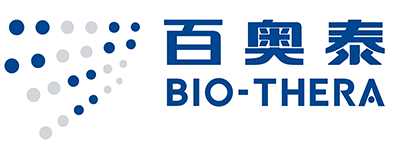QLETLI®
QLETLI®, the first approved biosimilar to Humira in China, is currently approved for treatment of ankylosing spondylitis, rheumatoid arthritis, psoriasis, Crohn’s disease, and uveitis. QLETLI® binds specifically to soluble and membrane bound TNF-α and blocks its interaction with the p55 and p75 cell surface TNF receptors, effectively neutralizing TNF-α bioactivity. TNF-α is a naturally occurring cytokine that is involved in normal inflammatory and immune responses. Elevated levels of TNF-α play an important role in both the pathologic inflammation and the joint destruction that are hallmarks of certain diseases, such as ankylosing spondylitis, rheumatoid arthritis, psoriasis, and polyarticular juvenile idiopathic arthritis.


